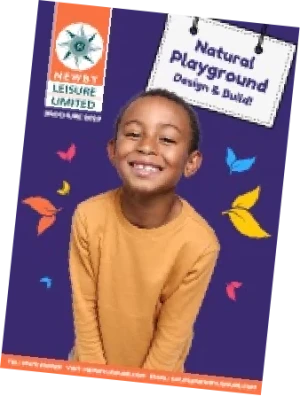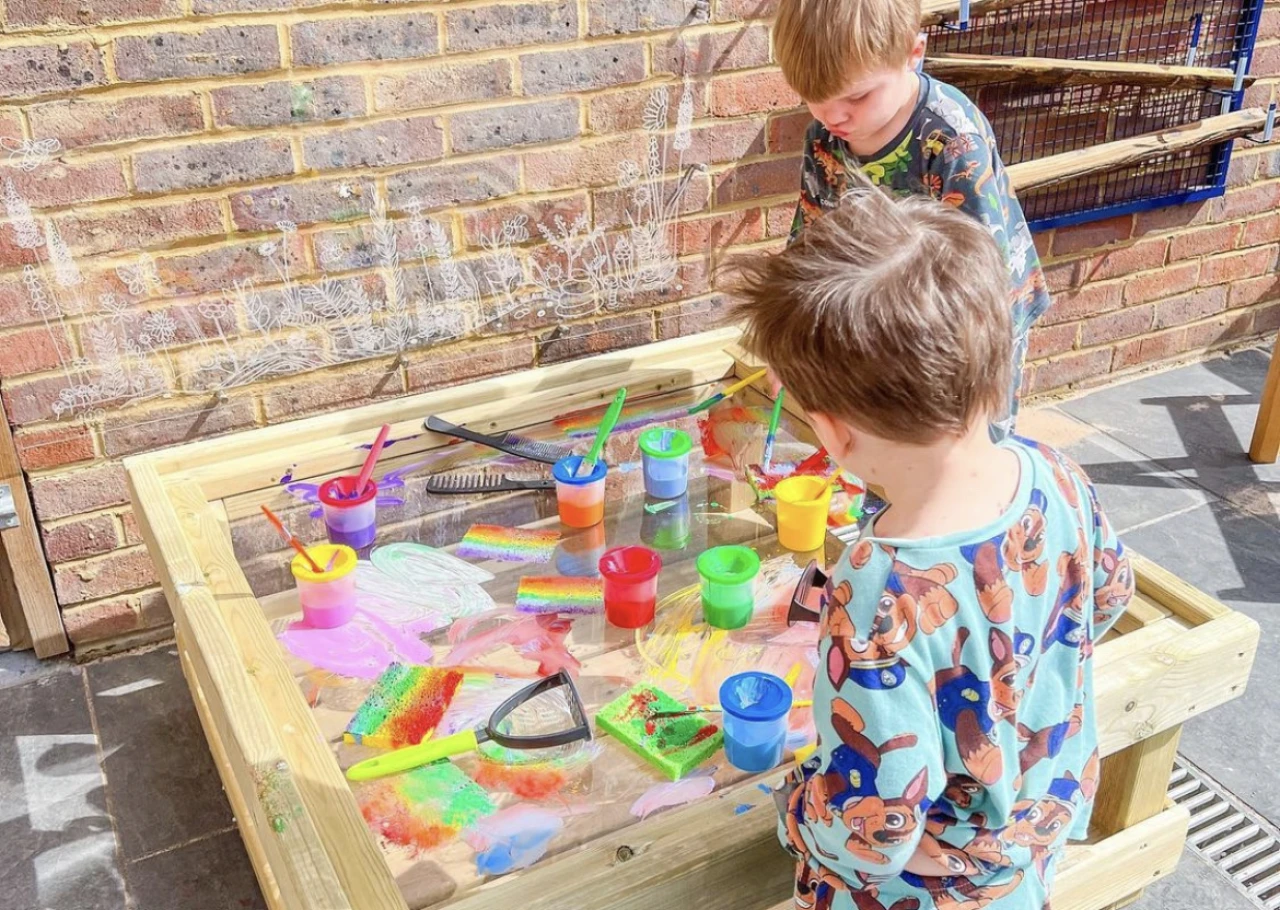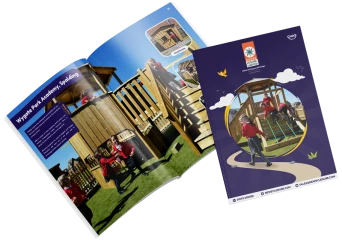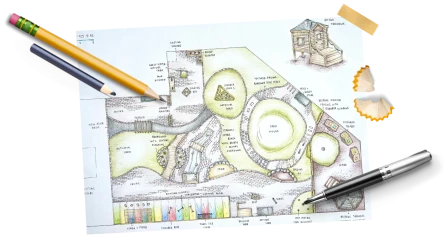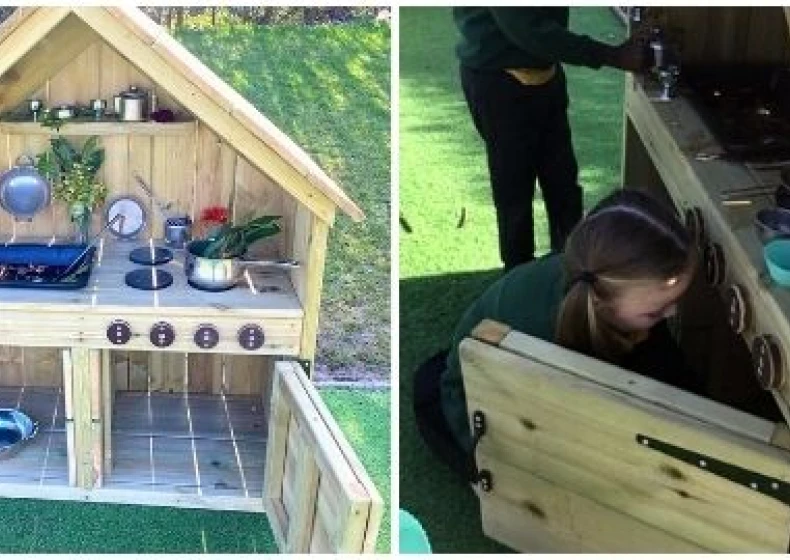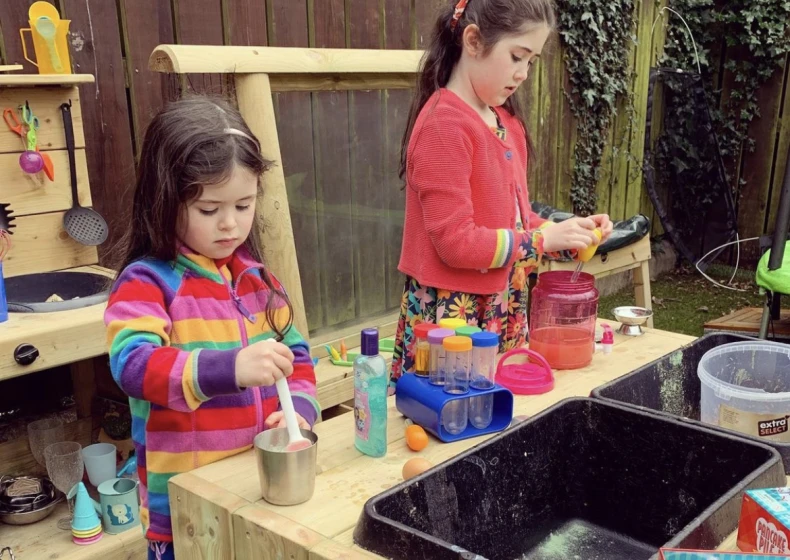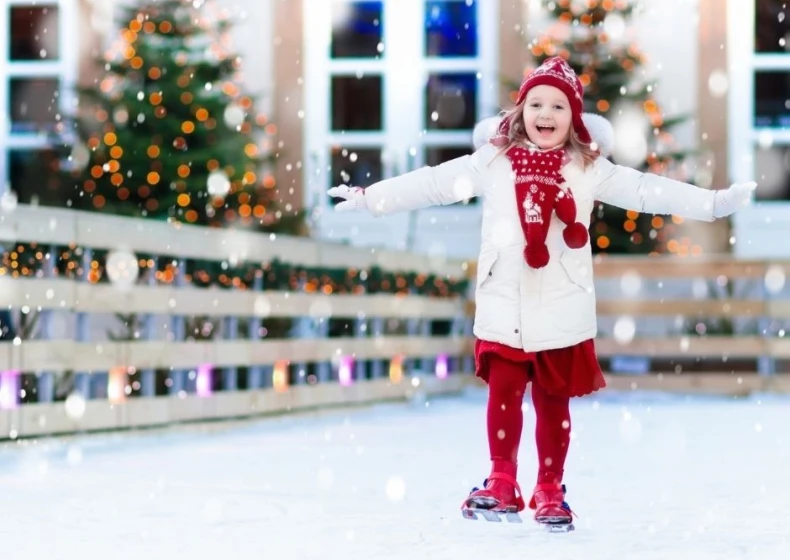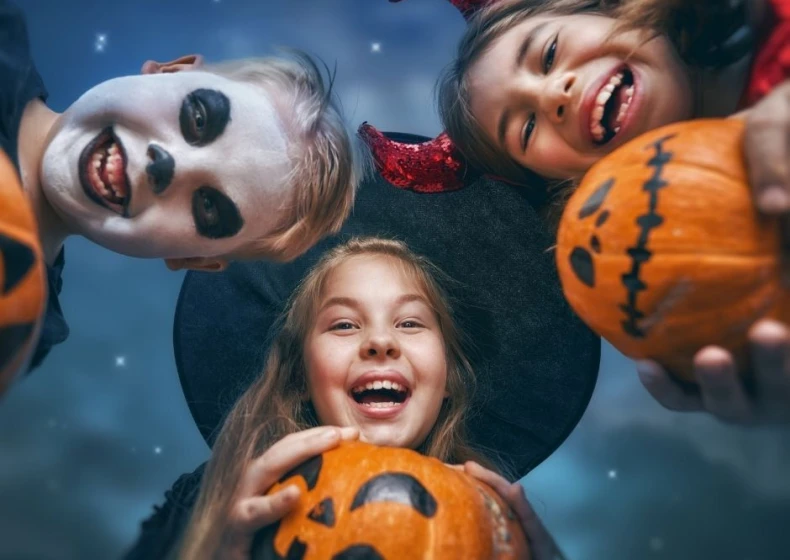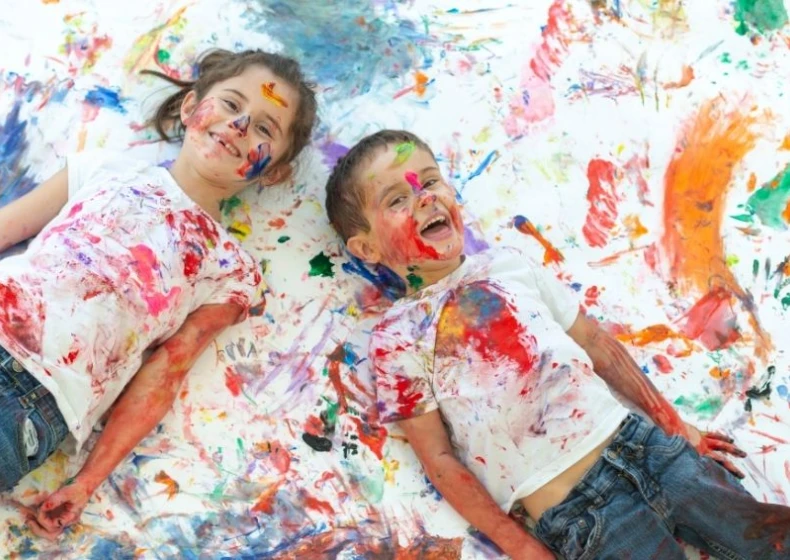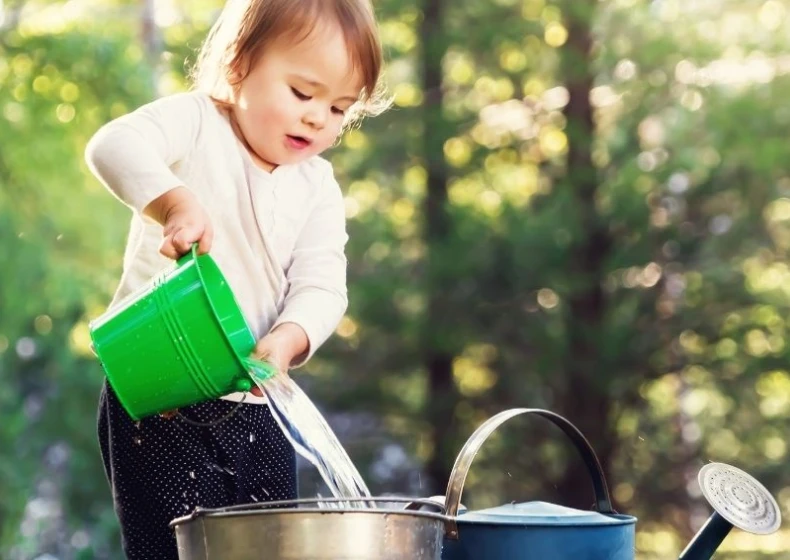Process Art: An Introduction
What is process art? Here is a little introduction to process art:
•It is child-led
•Focuses on the learning process instead of the overall outcome.
•There is no right or wrong way to create something.
•Provides children with the opportunity to say they made it by themselves.
There are multiple benefits of process art:
Firstly it is the perfect way to help children to learn through play, igniting their creativity, and sustaining their engagement in an activity for longer periods of time.
Process art is a brilliant group activity, creating an enriched environment where children can further develop their social and emotional skills, when they are sharing, relaxing, and concentrating. Sharing and talking about their artwork with others provides children with the opportunity to develop their self-esteem and confidence when showing pride in their own achievements.
Their self-esteem and confidence can be further developed when becoming independent in making their own decisions, trying out different and new ways of doing things, and exploring and using a wide range of materials.
Process art can help with children’s cognitive development when they begin to plan what they are going to create, predict the outcome of their final price, compare their work with others and problem solve during the making of their artwork.
It can help children to develop both their gross and fine motor development, depending on the size of their artwork, brushes, and paint they choose to use. This is why it is very important to give children access to different types of tools, paint, and materials to use. Using a paintbrush also helps children to develop bilateral coordination when holding and controlling the brush with one hand whilst the other holds the paper. The best bit here is that children are strengthening their hand muscles which will better prepare them to learn to write.
Why not provide children with powder paint so they can enjoy making their own paint too! This also has lots more learning opportunities as children will have to plan, predict and problem solve when working out the quantities of power/water they need in order to create the perfect consistency of paint.
Providing children with measuring jugs and spoons will also add an element of Maths when measuring accurately, comparing quantities, size, and capacity.
Process art is the perfect way to develop children’s language, as the process is purely child-led, they will need to partake in conversation with others when talking about and describing their artwork. When children are immersed in painting you as the practitioner/adult can teach the children a new language, for example, consistency (thick, thin), different textures (rough, smooth), strokes (large, small), maths (more, less) and so much more. This is the time when children can try out using new words and expressing new concepts.
Thank you for reading!
Please follow Molly's fantastic Instagram page create_make_and_play here.
Molly wrote this beautiful blog after receiving Newby Leisure's Drawing Table for her children to develop process art skills.
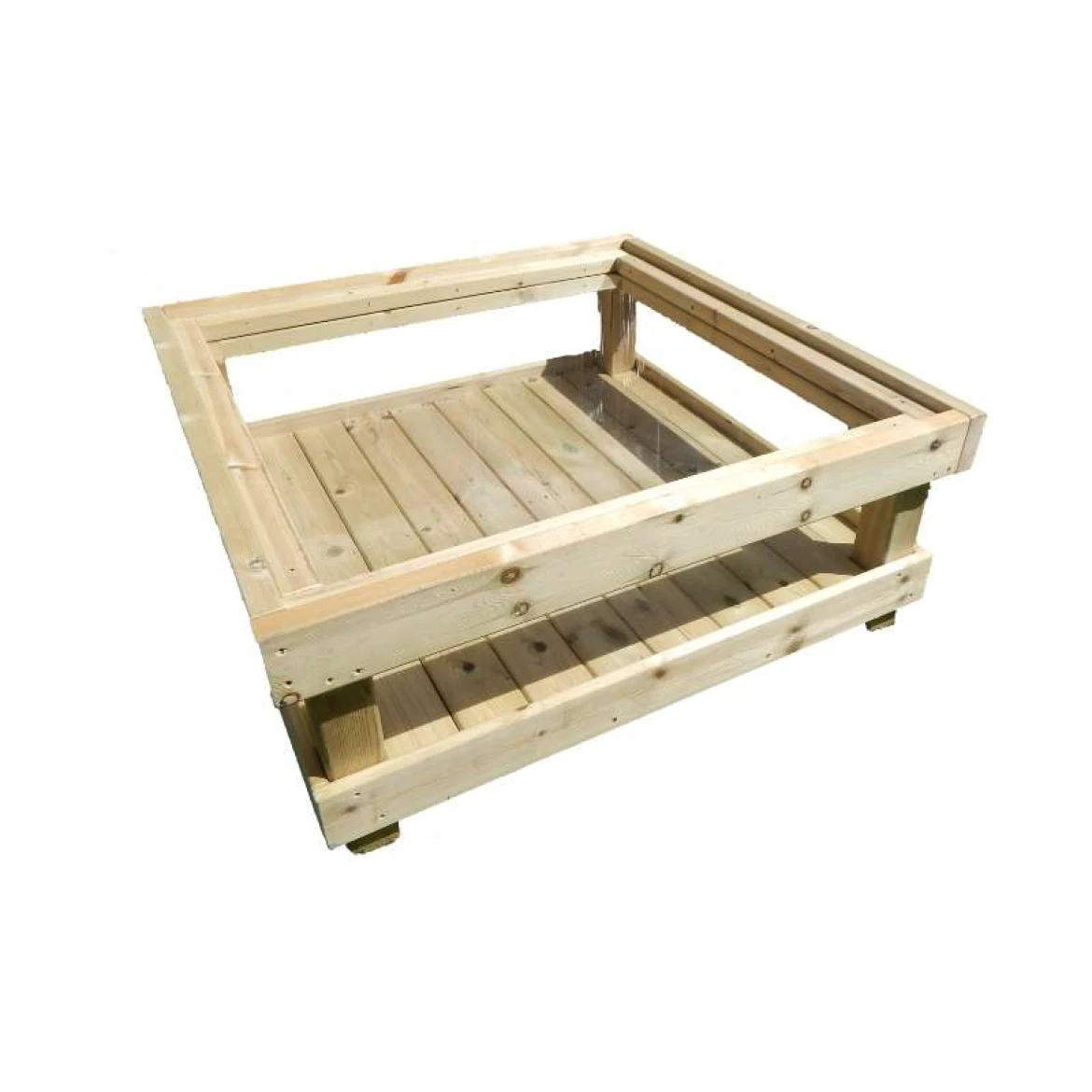
You may wish to keep updated with Newby Leisure on Facebook, Twitter, and Instagram too to stay updated with regular news and insights.
"Together, we're better".
